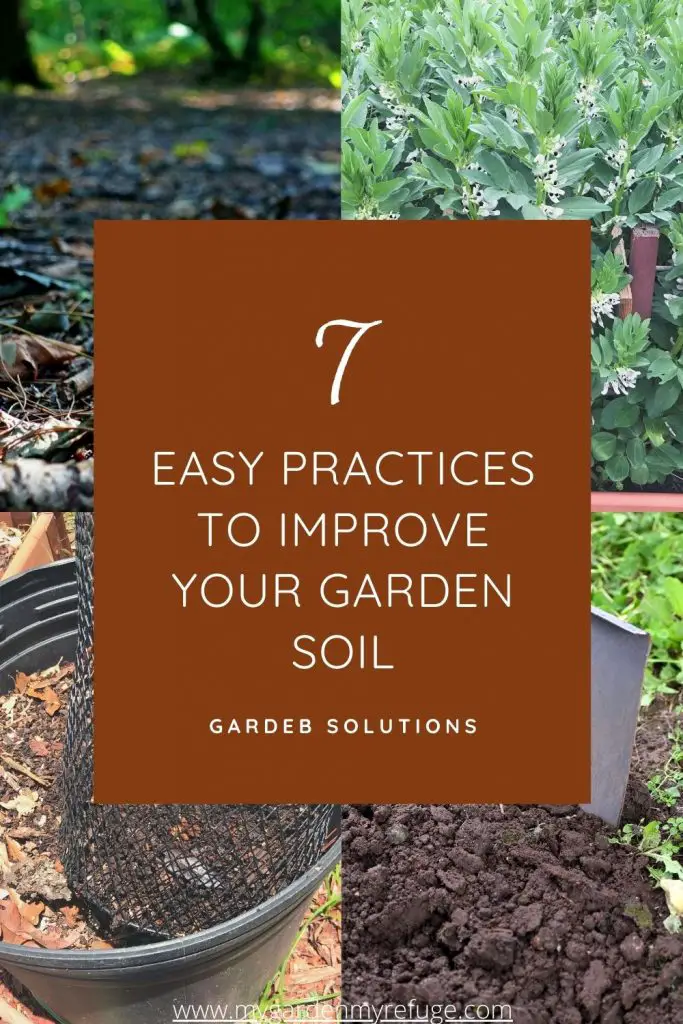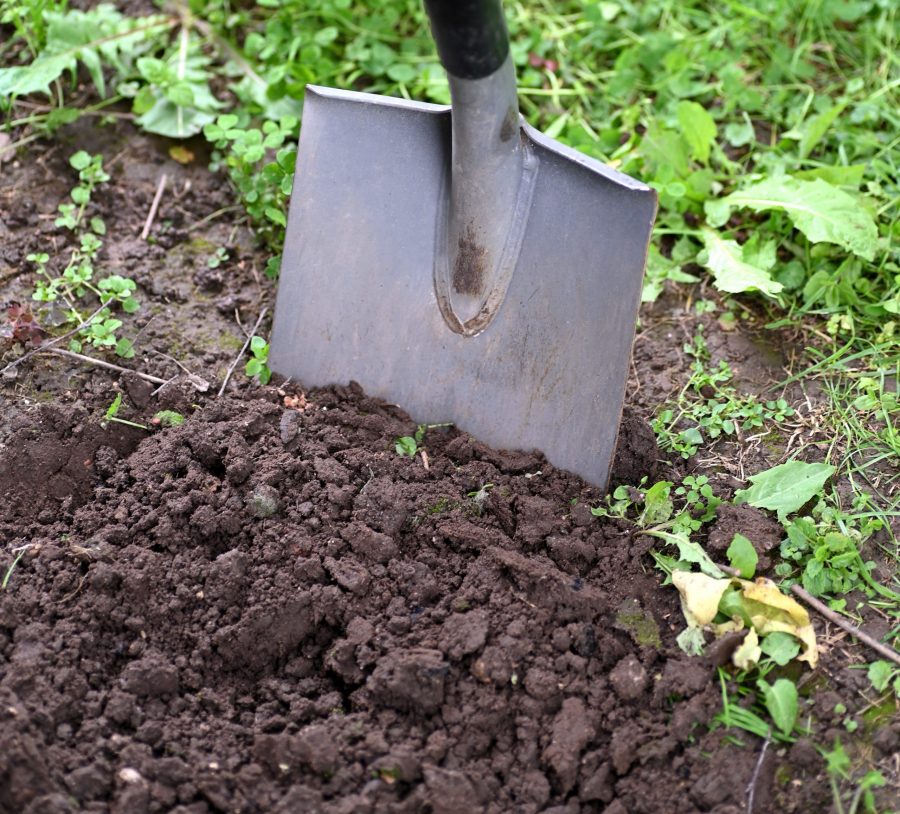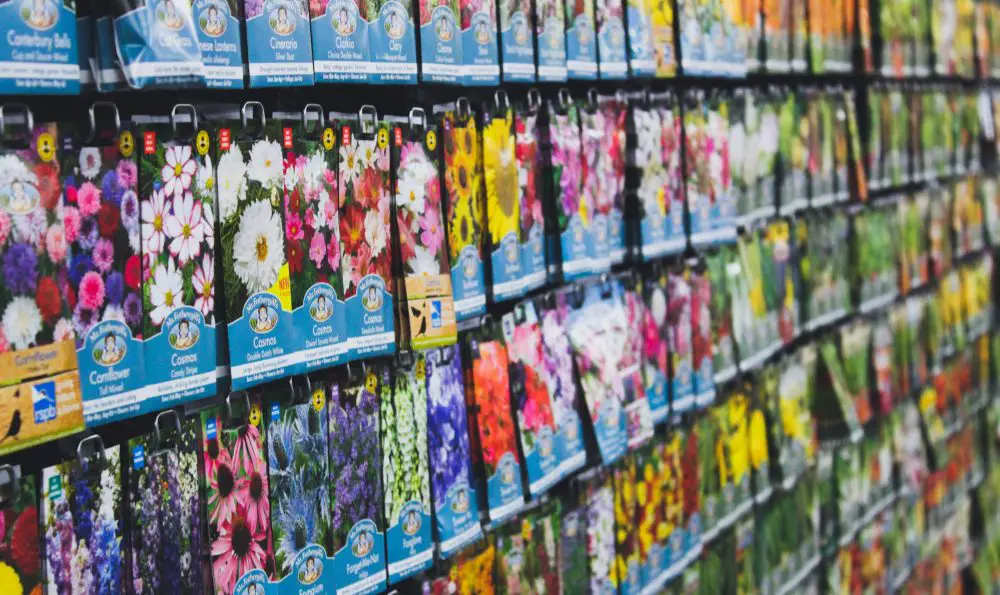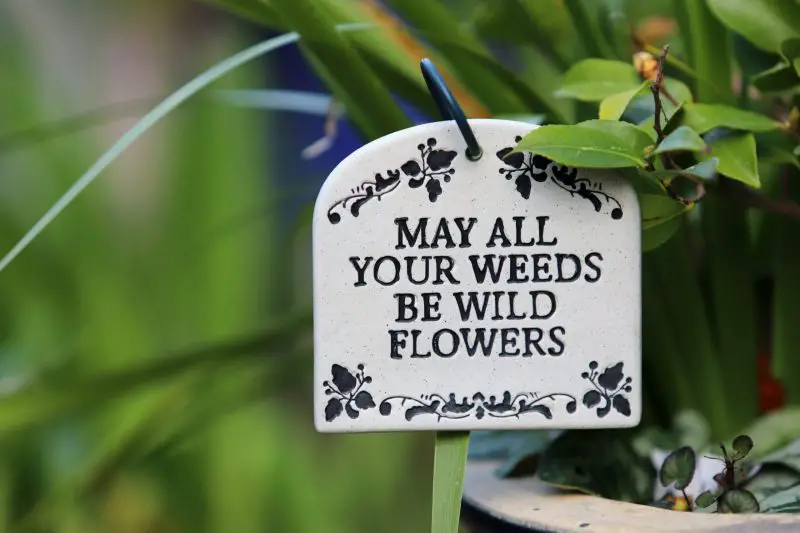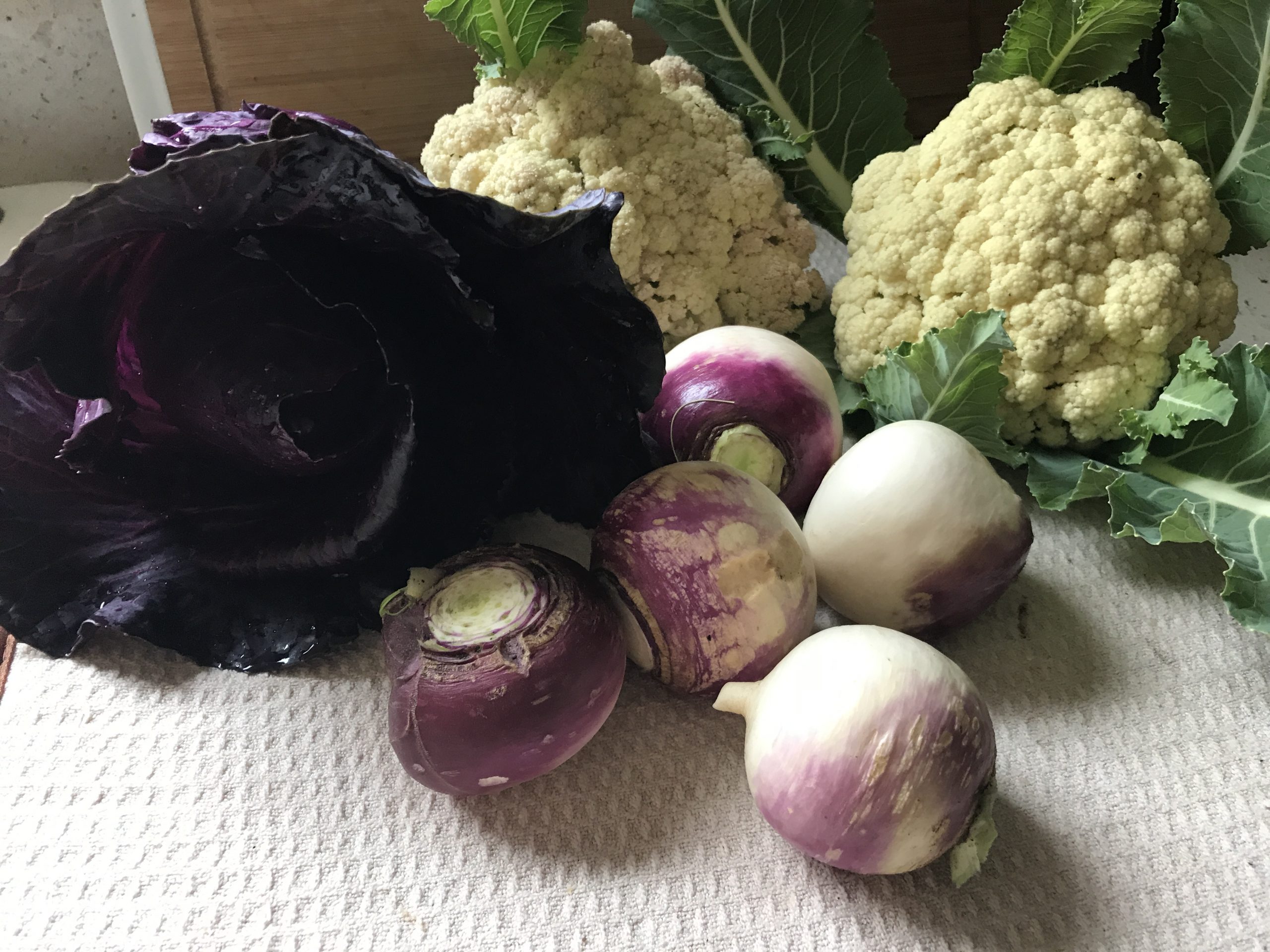Visiting garden centers, have you ever wondered what makes one brand of soil better than the other? Well, each one claims that theirs is the best. But, as a seasoned gardener, I assure you that no soil is better than the other. It all relies on your practices in the garden, so here is how to build good garden soil by applying simple and easy techniques.
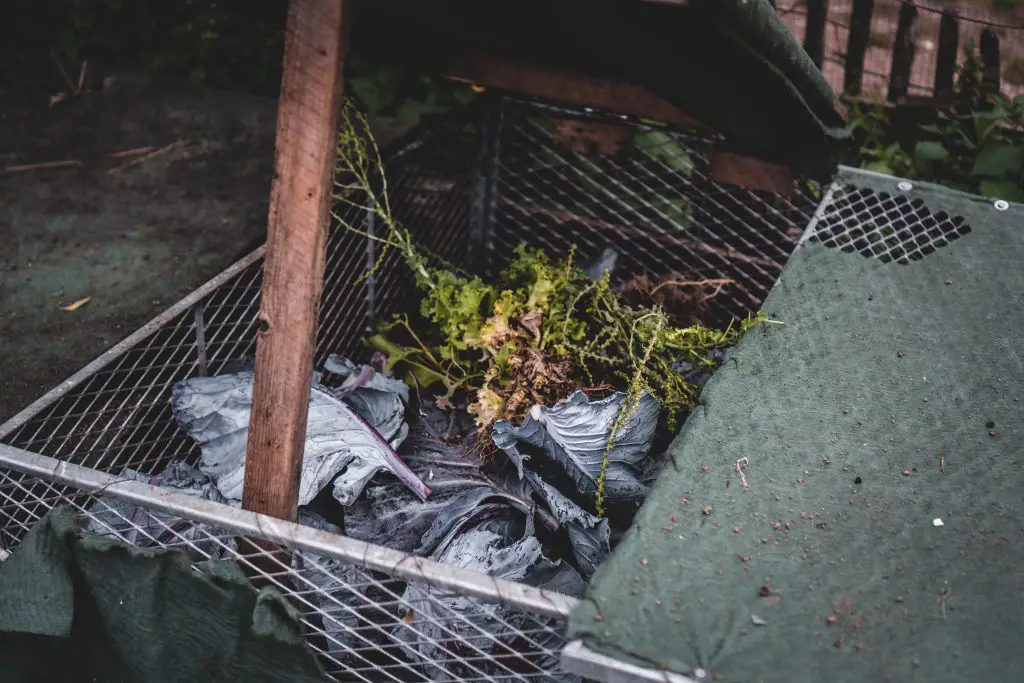
1- Built-in composting hole
Inground composting is the easiest way to compost without the trouble of building piles and turning them. The concept is to add kitchen scraps into a buried cage inserted in a raised bed. As the material decomposes, nutrients will directly leach into the surrounding soil. This method is also known as Keyhole Gardening.
- Build a circle-raised bed with a wedge left for easy access to its center. You can also make it into a U-shape.
- Make a cage using wire cloth and place it in the center of the bed.
- Fill the raised bed with the best soil without filling the cage.
- Along the growing season, throw your compostable material inside the cage. Remember to cover each fresh layer with a dry layer of leaves or shredded cardboard.
Having this composting system within the raised bed will encourage the growth of soil life. It also saves your back from hauling barrels of compost or turning piles. Gradually, the soil will become richer and healthier.
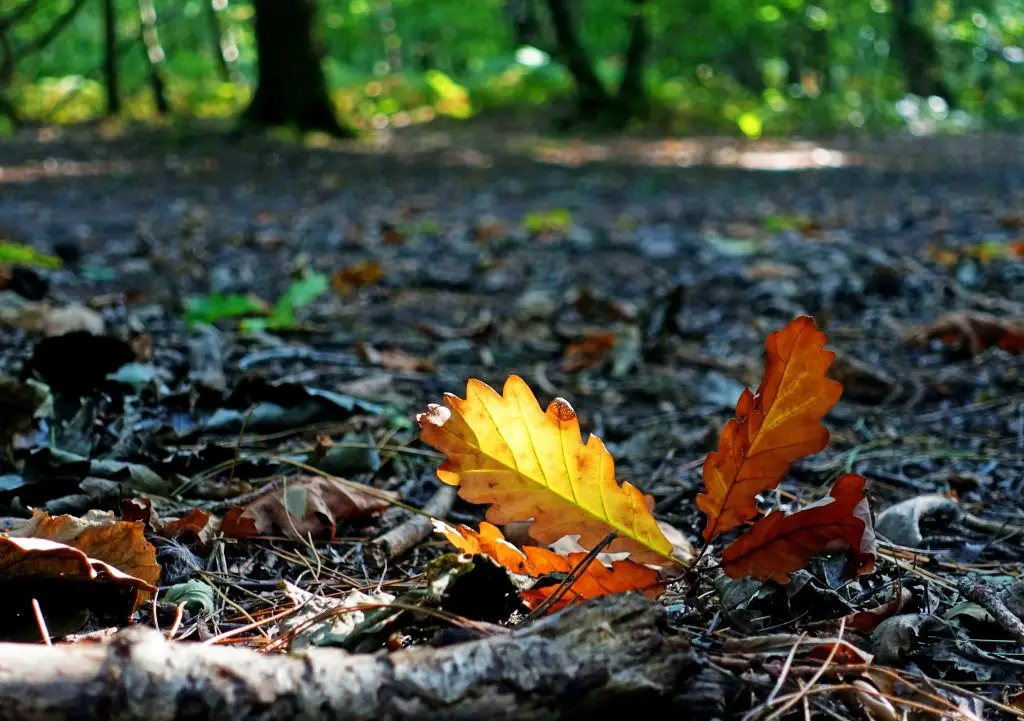
2- Stop tilling the soil.
You might have heard of the “No-Till” gardening method, which promotes adding compost to the growing area without turning the soil. The Back to Eden Gardening method also calls for layering wood chips over the soil. The concept tries to imitate the forest ground, where layers of branches and leaves stack up. The decomposition of the organic matter enriches and builds up the soil.
Apply these two concepts in your garden, and the soil will build itself gradually. However, frequent tilling disturbs the living organism and breaks their life cycles, preventing them from accomplishing their job.
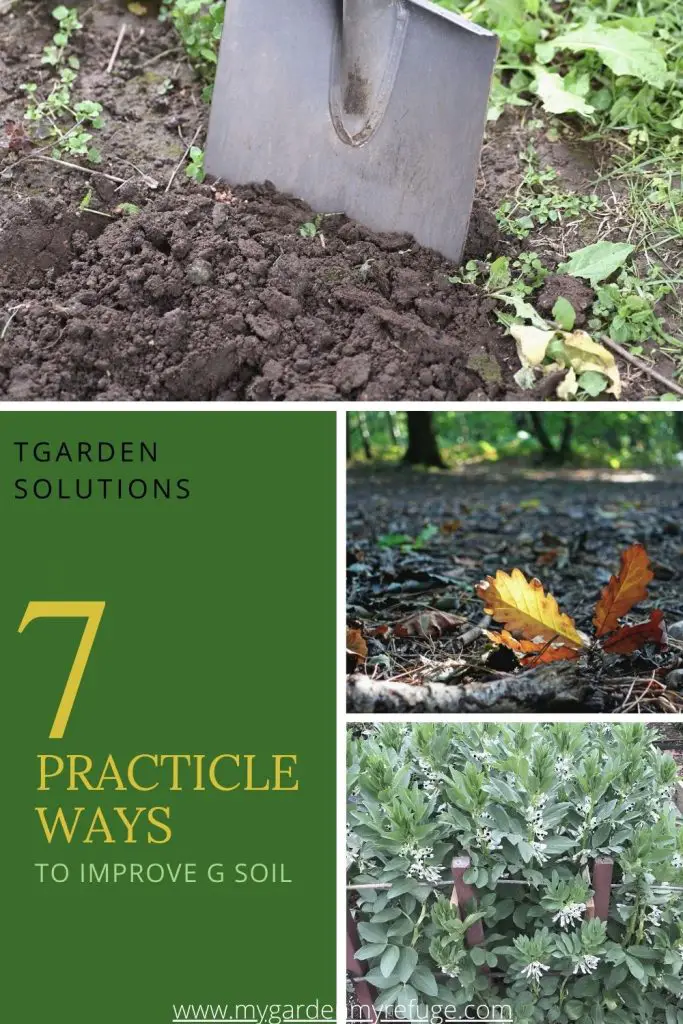
3- Stop using high salt fertilizers
For the new gardeners, artificial fertilizers are tempting to get quicker results and bigger harvests. But, while that might be true, the soil will only grow more dependent on them.
Synthetic fertilizers are high in salts that kill soil life. They may boost plant growth, but they don’t contribute to improving the soil. On the other hand, organic fertilizers feed the soil, despite their slow pace in showing results.
Organic soil revitalizers are another option to boost soil life, such as Super Thrive and Gorton’s Solution. These are like vitamins for the soil, only use a small amount to revive it and bring the good life to it.
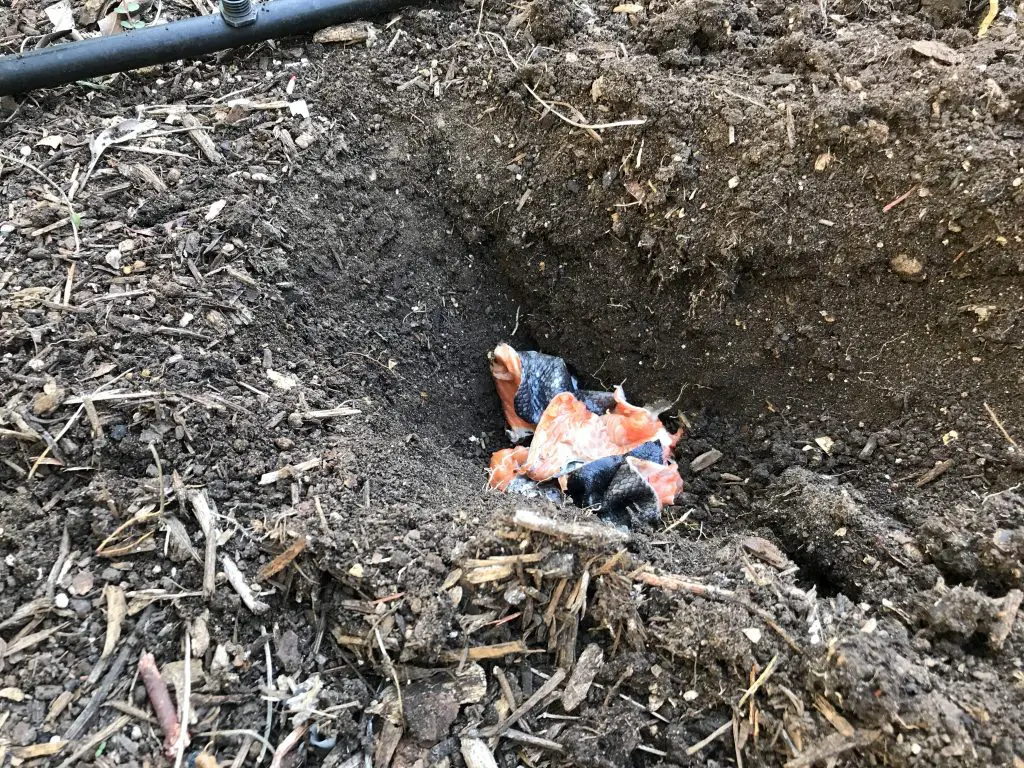
4- Bury fish in the soil
I am sure you heard of this old trick used by Native Americans. Burying fish in the planting hole or your pots for your plants does work. Notice most organic fertilizers are fish or algae-based. Fish provides many nutritional elements to the soil, such as Nitrogen, phosphorus, and potassium.
There is no need to waste a whole fresh fish and bury it in the ground. Instead, use fish scraps, skin, head, or shrimp shells; they will do just as good. However, beware that the fishy smell will attract animals to your garden. Make sure to dig the deepest hole possible, then sprinkle coffee ground or lime powder over the fish to mask the smell.
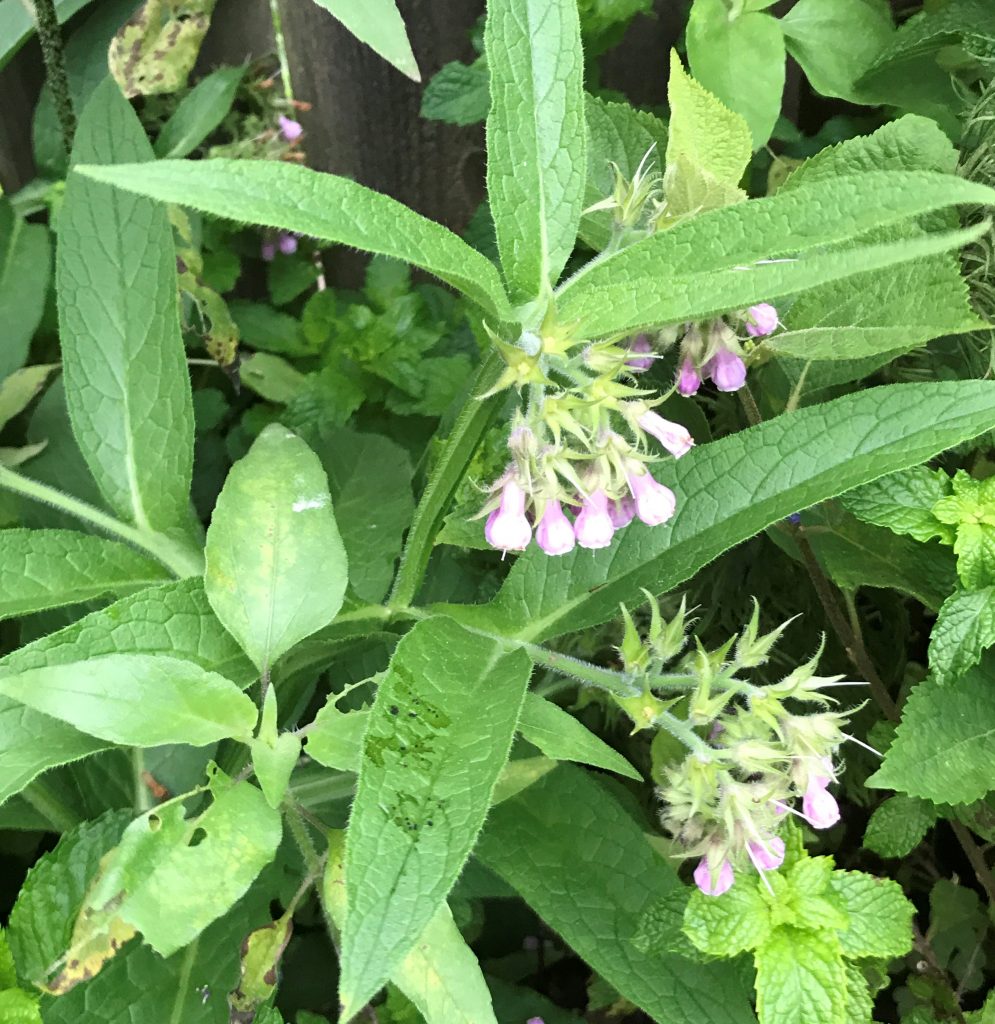
5- Use comfrey as a fertilizer
Comfrey is a green plant with large leaves and beautiful hanging clusters of flowers. It has many benefits and uses in our life as a poultice to heal broken bones or rub on bug bites to relieve the itch, to name a few. It is also the gardener’s best ho-grown fertilizer.
Comfrey is rich in Nitrogen, Phosphorus, Potassium, and trace minerals. In addition, its deep and large taproots draw nutrients from deep down in the soil. Here is how to use comfrey in the garden.
- Chop the leaves and drop them around the plants as mulch. Slowly they will decompose, providing nutrients to the plants. Its balanced Carbon to Nitrogen ratio makes its decomposition beneficial without depleting the soil of Nitrogen.
- Make comfrey tea concentrate: Collect some leaves and put them in a bucket of water. Weigh them down using a rick and cover. Allow it to ferment for about two to three weeks (word of warning this tea is very smelly). Filter the resulting liquid and use it as a concentrate. Add about a cup or two to three gallons of water to feed your plants.
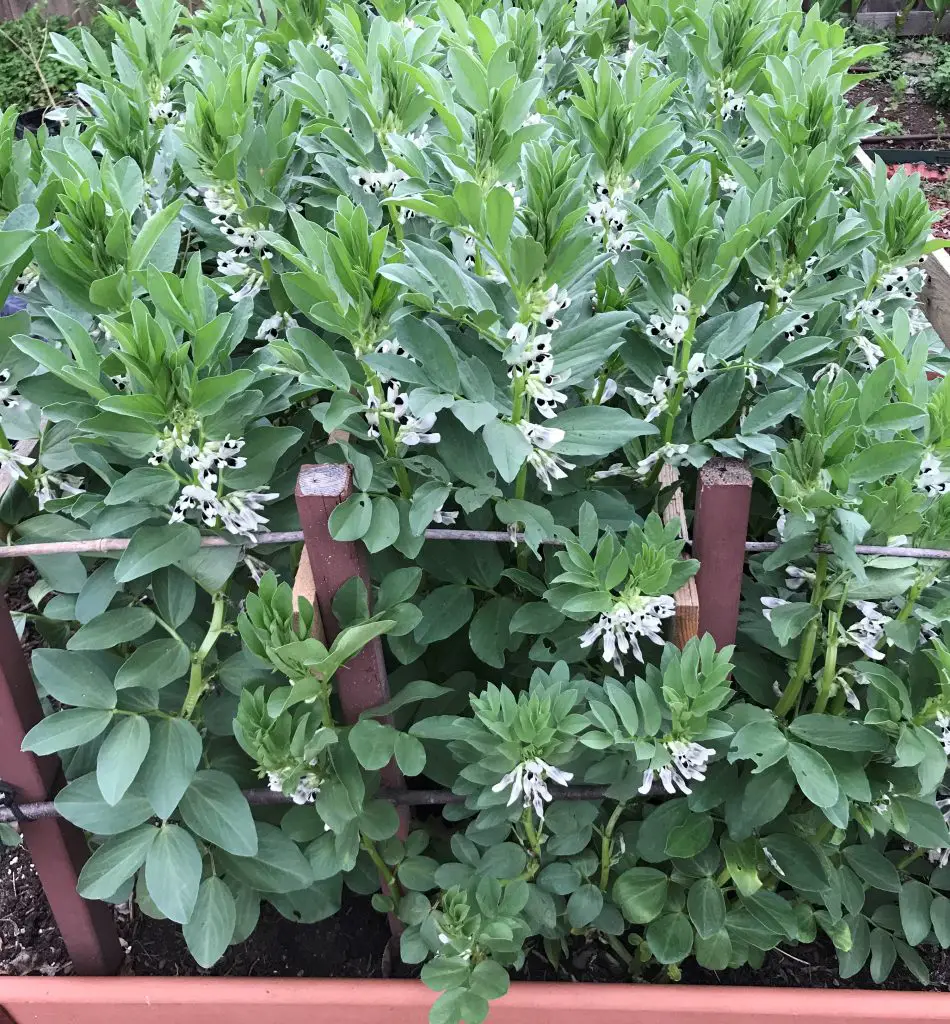
6- Plant cover crops
Cover crops are crops planted in the off-season to replenish soil fertility. They are not grown for consumption but for the benefits they provide soil. Most cover crops are grasses, for the home-garden legumes are easier to use. Some examples are cowpeas, broad beans, black-eyed peas, and peanuts.
Cover crops have significant benefits to the soil, such as breaking soil-borne disease cycles, preventing erosion, and reducing water runoffs. Also, they replenish soil nitrogen once their season is over and tilled into the soil. Never uproot cover crops from the soil. They will only release Nitrogen into the soil by leaving the roots in it.
7- Be patient
Good soil leads to a sustainable garden, where all living communities of the small ecosystem are working together. Of course, this is the ultimate goal of every gardener, but reaching it means work and perseverance.
Poor soil lacks every good biological and physical element. Just like the damage did not occur overnight, the repair won’t happen overnight. First, each community member has to settle and get used to the environment. It may take more than two years to build good soil, so arm yourself with patience and carry on.
